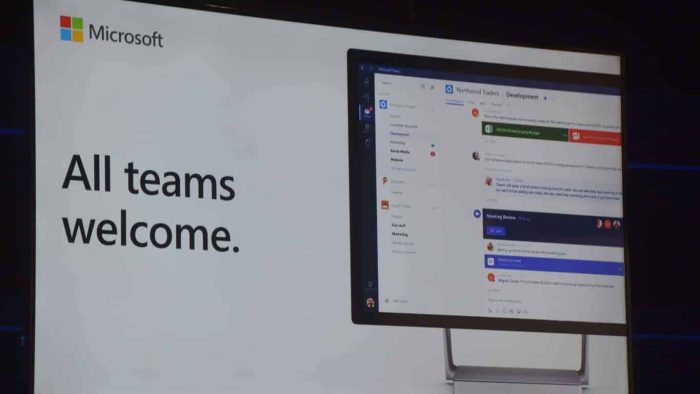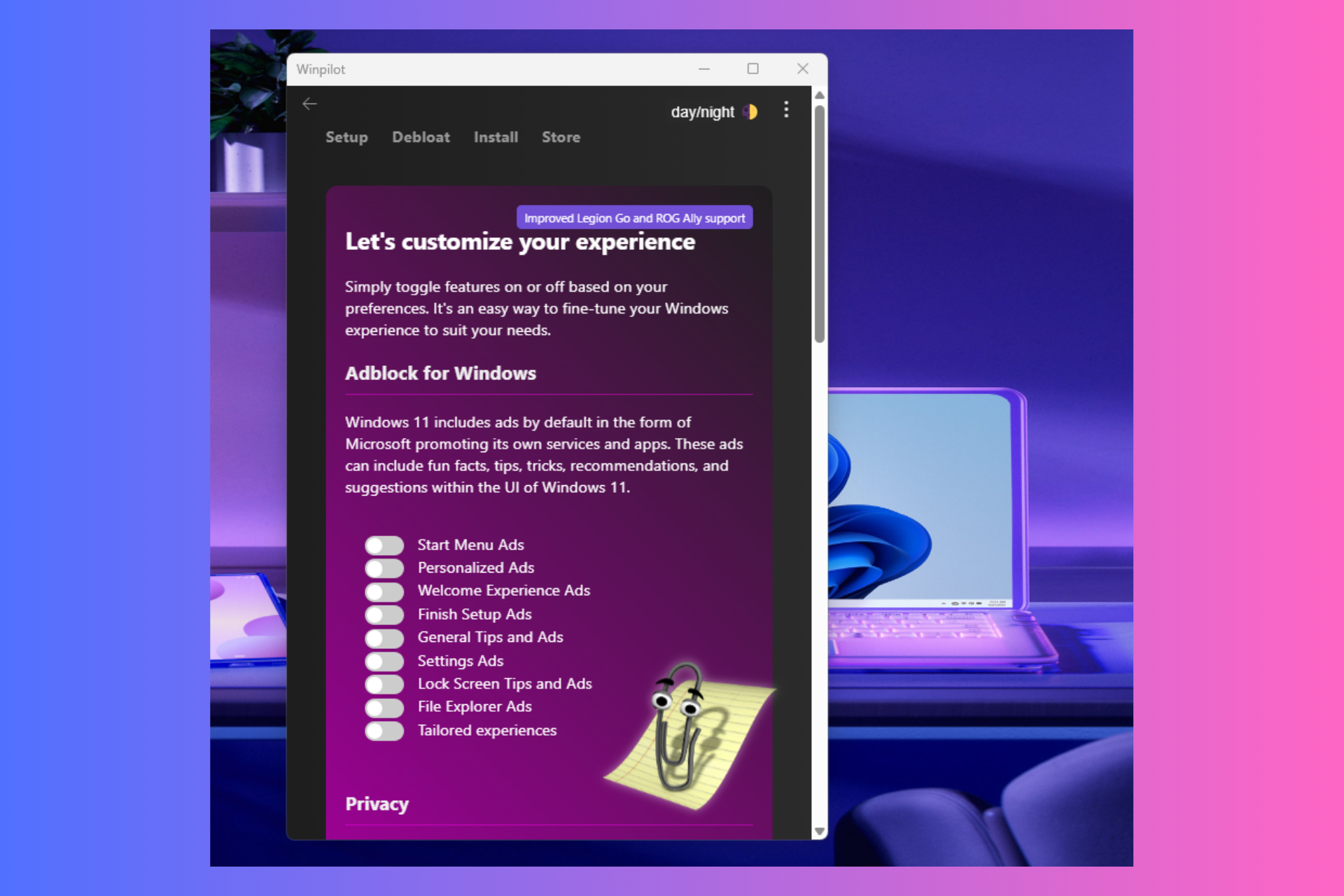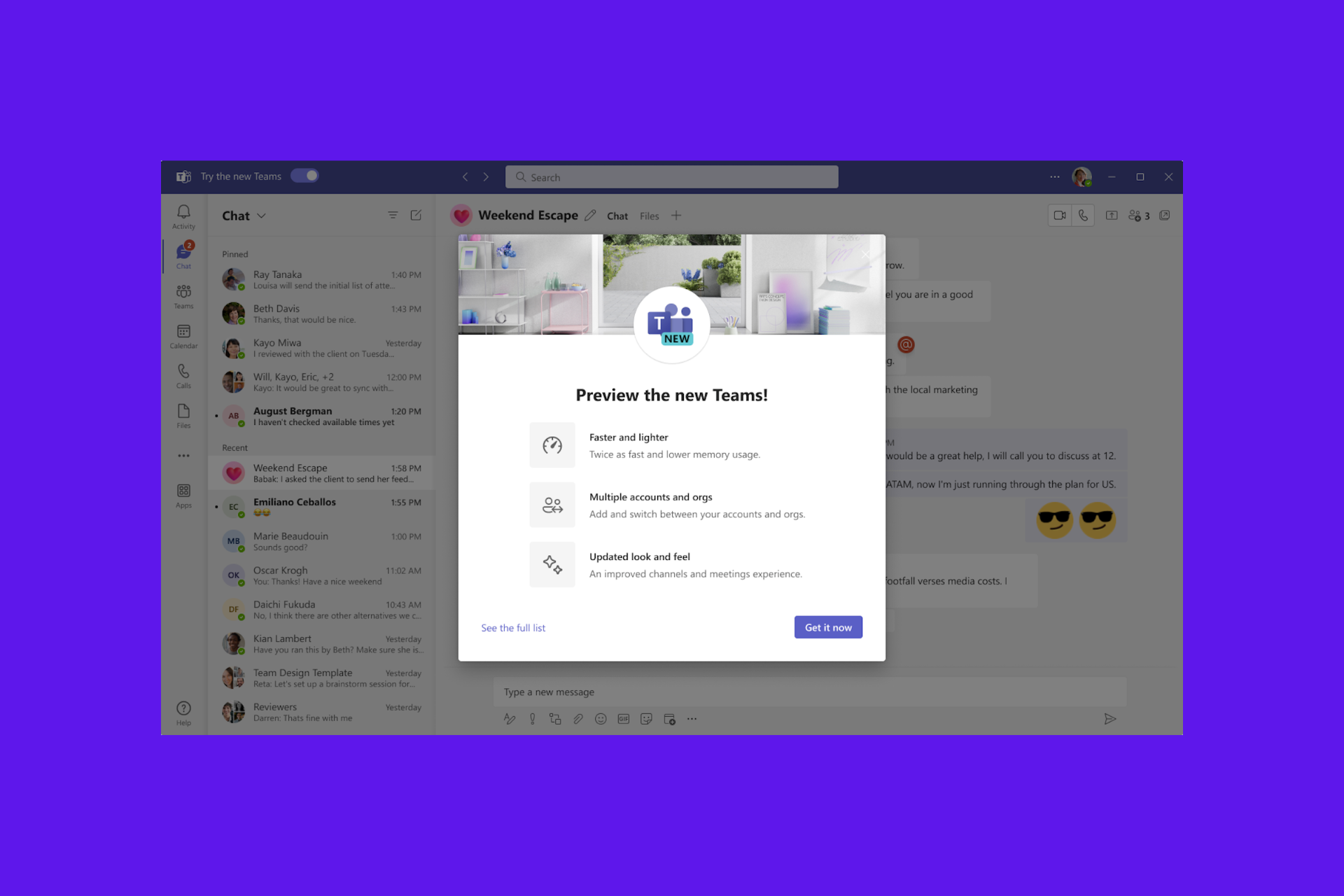Microsoft Teams free vs Microsoft Teams paid, what’s the difference?
4 min. read
Published on
Read our disclosure page to find out how can you help Windows Report sustain the editorial team Read more

Updated: 3/16/2023
Like many other teleconferencing services, Microsoft offers both a free and paid version of Microsoft Teams. But, due to the Coronavirus pandemic, the company recently announced it would offer a free six-month free trial of paid Teams plans.
As a result, you might be wondering what is the difference between free and paid plans, to begin with. In this Office 365 guide, we’ll give you a look at that.
As a quick summary, the differences between the free and paid versions of Microsoft Teams comes down to a couple of things. The list includes the maximum number of members, file storage sizes, and extra features for recording meetings as well as phone calls. You’ll also find that there are lots of extra administrative options with paid plans, too.
Now, for the in-depth details. The free version of Microsoft Teams only allows you to have up to 300 members (users) per organization. Paid plans, meanwhile, up that up to a potentially unlimited amount of members, with an enterprise license.
Moving on to file storage, the difference between paid and free is quite substantial. Free Microsoft Teams plans limit storage to 2GB per user, with 10GB shared storage. Paid plans, meanwhile, bump the storage up to 1TB per user.
| Feature | Teams Free | Teams Paid |
|---|---|---|
| Maximum members (users) | 300 per org | Unlimited, with an enterprise license |
| Storage | 1GB per user, and 10GB of shared storage | 1TB per user |
| Scheduled meetings, meeting recordings, phone calls, and audio conferencing | Not Available | Available |
| Online and video conferencing meetings for up to 250 people. Online events for up to 10,000 | Not Available | Available |
| Unlimited chat messages and search in Teams | Available | Available |
| Background blur on video calls | Avaialble | Available |
| 1:1 calling, group audio and video calls, channel meetings, screen sharing | Available | Available |
| Apps and Office 365 Integrations | Avaialble | Available |
When it comes to calling, meetings, and screen sharing, free and paid versions of Teams share a bit. Teams free and paid both let you have guest access, 1:1 and group online and audio-video calls as well as unlimited chats and search.
Naturally, both free and paid Teams plans also let you enjoy real-time collaboration using your favorite Office apps on Office on the web. Features like background blur are common across both free and paid plans, too.
In both tiers, you’re also able to have Channel meetings and enjoy screen sharing. However, the free version of Teams doesn’t have access to scheduled meetings, meeting recordings, or phone calls and audio conferencing. These three features are only available in the paid version of Teams.
Finally, there’s the administrative stuff. Naturally, Teams paid is the only plan which has access to certain administrative tools. The list includes tools for managing users and apps, usage reporting, financially backed uptime, as well as configurable user settings and policies.
Teams paid plans also have phone and web support around the clock and additional compliance and security features. On that front, the list includes: Single sign-on to all Office 365 apps and services, and enforced multi-factor authentication.
If you’re hoping to keep a paid tier of Microsoft Teams once your six-month trial ends, we’ve got a more in-depth guide as to which Office 365 plans include Teams for no added cost. These plans range from $5 per user with an annual commitment or all the way up to $12.50 per user.
In 2023. Microsoft announced the general availability of Teams Premium, a new tier built on Microsoft Teams that is designed to enhance the tool’s meeting experience more personalized, intelligent, and secure. The offering is powered by GPT-3.5, OpenAI’s language model.
You can get the Teams Premium add-on at $10 per month. Be sure to check out our separate guide where we highlight its offerings and more.
Keep it tuned to OnMSFT for news and information and guides about all things related to Microsoft Teams. And, check out our Microsoft Teams news hub for more.








